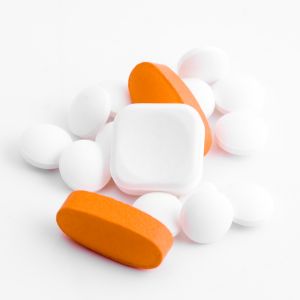The researchers, led by Associate Professor Michael Sherburn from the ARC Centre of Excellence for Free Radical Chemistry and Biotechnology at ANU, have created a molecule – dubbed the 'Superbowl' – which can capture, hold and deliver drugs.
"Excitingly, unlike conventional capsules, we can control the rate at which a drug is released from our superbowl container molecule," said Associate Professor Sherburn. "This has the potential to allow lower drug doses, hence leading to fewer side-effects."
The group have already successfully put aspirin inside the superbowl and are now working on incorporating drugs to treat other diseases, including cancers, arthritis and heart disease.
"We have shown that drug release can be controlled at the most precise level, which is very encouraging for the future of drug delivery," said Associate Professor Sherburn.
The superbowl has been created using free radical chemistry. Free radicals are highly reactive molecules that often attract negative attention due to the damage they can do to materials and health. However when controlled and harnessed, free radicals can be used to complete difficult chemical reactions, such as those required to produce the superbowl, which would otherwise not be possible.
The first organic container molecules were developed in the 1980s. These early examples could encapsulate only very small entities consisting of a few atoms, and they did so without any selectivity. The superbowl is significant because its large capacity allows it to carry useful molecules, such as drugs, with up to a hundred atoms.
"The next step is to design container molecules that can target specific locations in the body. The ultimate goal of this research is safer and more effective use of medicines," he added.
Their researchers' work has recently been published in The Royal Society Chemistry journal, Chemical Communications.


